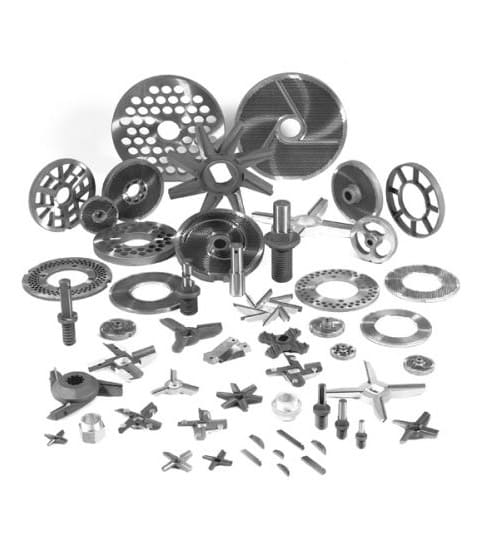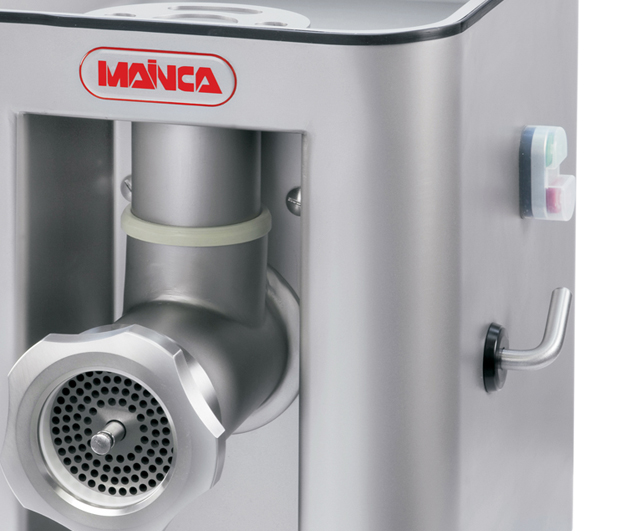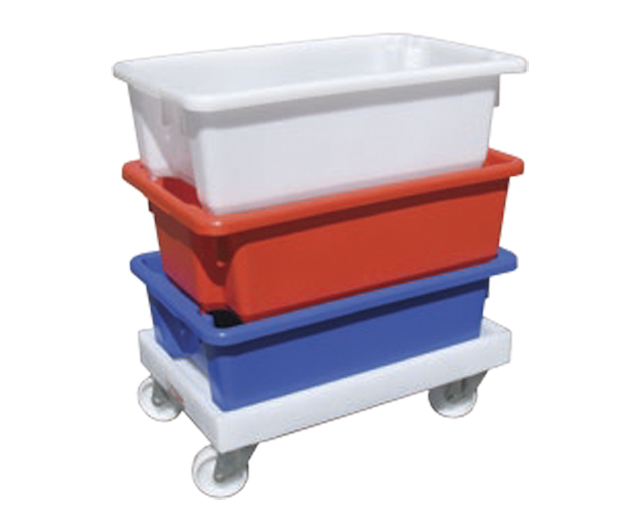A meat mincer machine is essential for butchers, medium food processors, and commercial kitchens who want to create fresh, high-quality minced meat. Whether making burgers, meatballs, or healthy and uniform minced meat, using and maintaining your mincer correctly ensures optimal performance, longevity, and hygiene.
Choosing the Right Meat Mincer Machine
Before diving into usage and maintenance, selecting the right mincer based on your needs is important. Consider the following factors:
- Benchtop vs. Freestanding Mincers: Benchtop mincers are great for smaller batches, while floor models easily handle larger volumes.
- Capacity: Butcheries and meat processors require high-output machines, whereas commercial kitchens may be able to opt for more compact models.
- Material: Stainless steel mincers are durable and easier to clean than other types.
- Motor Power: Three-phase motors are more powerful, consistent, and efficient than single-phase options.
Maintenance Tips for Longevity
Proper maintenance ensures your meat mincer machine stays in top shape and delivers consistent results.
Cleaning After Every Use
- Disassemble the Machine – Remove the blade, grinding plates, and auger.
- Wash with Warm Soapy Water – Use mild detergent and a soft brush to clean all parts.
- Sanitise the Parts – For commercial use, immerse parts in a food-grade sanitising solution to maintain hygiene.
- Dry Completely – Moisture can lead to rust. Dry all parts thoroughly before reassembling.
- Lubricate Moving Parts – Apply food-grade mineral oil to prevent rust and ensure smooth operation.
Sharpening the Blades
- Regular sharpening is key – A dull blade results in mushy meat and extra strain on the motor.
- Use a sharpening stone – Run the blade over a stone or take it to a professional sharpener.
- Replace when necessary – If the blade is too worn out, it’s best to replace it.
Storing Your Mincer
- Store in a Dry Place – Keep the machine in a moisture-free environment to prevent rust.
- Wrap Small Parts in Paper Towels – This absorbs excess moisture and protects against corrosion.
- Cover the Machine – Use a dust cover or plastic wrap for extra protection.
Troubleshooting Common Issues
Even the best meat mincer machines can run into problems. Here are solutions to common issues:
Machine Jamming
- Causes: Fatty or sinewy meat, overloading, or dull blades.
- Fix: Clean the blade, trim meat properly, and grind in smaller batches.
Poor Meat Texture
- Causes: Dull blades, improper plate selection, or grinding warm meat.
- Fix: Sharpen the blade, use the correct plate, and chill the meat before grinding.
Excessive Noise or Overheating
- Causes: Motor strain, lack of lubrication, or continuous operation for too long.
- Fix: Allow the machine to cool, lubricate moving parts, and avoid overloading.
Why Choose Barnco’s Meat Mincers?
Barnco offers high-quality meat mincer machines for professional butchers and commercial food preparation environments. Our mincers are designed for durability, efficiency, and hygiene.
Key Features of Barnco Meat Mincers:
- Heavy-duty stainless steel construction
- Powerful motors for smooth operation
- Interchangeable plates for multiple textures
- Easy disassembly for quick cleaning
- Reliable after-sales support and spare parts availability
A meat mincer machine is a valuable investment for anyone preparing fresh, high-quality minced meat. Understanding how to use and maintain your mincer ensures longevity, hygiene, and optimal performance.
Check out Barnco’s range of high-performance models for quality meat mincer machines.






















